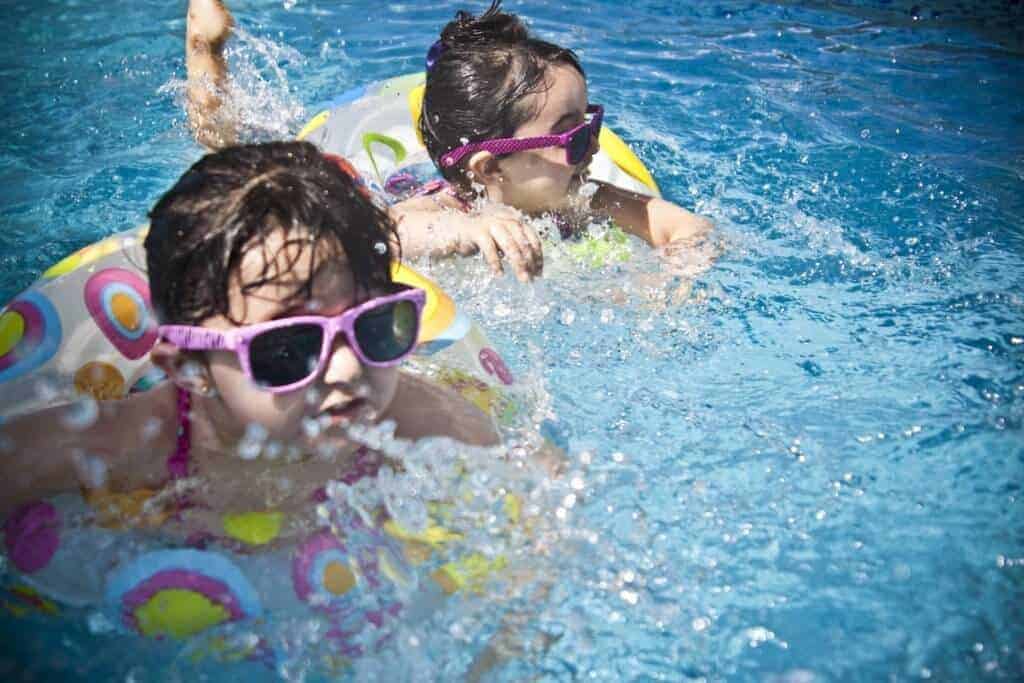
With drowning prevention week coming to a close (14-24 June) how can we decrease the cases of drowning in the UK?
The number of people who drowned in inland water has risen in the last year, prompting the UK’s drowning prevention charity to ramp up its efforts to cut down the number of tragedies that happen in the UK.
An independent survey carried out by Drowning Prevention Charity – The Royal Life Saving Society UK (RLSS UK) revealed this week that one in ten people had nearly drowned and 13% of those surveyed knew someone who had fatality drowned.
Although the number of total drownings in the UK was down in 2018, thanks in part to awareness raising campaigns such as the RLSS UK’s annual Drowning Prevention Week campaign which starts this week, a staggering 254 people drowned in rivers, quarries and lakes in 2018, compared to 242 the year before.
In a bid to cut down the number of inland-water drowning fatalities, the RLSS UK has been proactively building partnerships with organisations that could help spread their water safety messages, encouraging them to support the charity’s drowning prevention campaigns and help ensure as many people as possible receive vital, life-saving water safety advice.
Most recently, the Department for Education is supporting RLSS UK’s Drowning Prevention Week campaign, which runs from 14-24 June, and has been encouraging primary schools across England to teach take part and teach their pupils water safety.
Minister for Children and Families Nadhim Zawahi will be joining RLSS UK during the campaign and helping to teach water safety to pupils at a London primary school, and the charity held a parliamentary drop in session at Westminster to encourage MPs to pledge their support to drowning prevention in their constituencies.
Other organisations supporting RLSS UK campaigns include RNLI, Swim England, the Canal and River Trust, Association for Physical Education and the Youth Sport Trust
Earlier this year, RLSS UK launched its Keep em Peeled for Perry project, encouraging members of the public to report any missing or damaged life-saving equipment at bodies of inland water, including fences, life rings, throw lines and signage.
Each year around 700 people drown in the UK and Ireland. Thousands more are admitted to Accident and Emergency with injuries, some life changing, sustained when they survive drowning.
RLSS UK is urging everyone to play their part and take advantage of local activities being run as part of Drowning Prevention Week, and learn how to keep their families safe this summer.
Drowning Prevention Week, now in its 6th year, will see hundreds of leisure centres, schools, businesses and youth groups utilising RLSS UK’s water safety resources in their communities.
The UK’s leading leisure operators including Places for People, GLL, Parkwood, Everyone Active, Freedom Leisure and Serco, have elected to run a compelling programme of activities across all their sites, meaning around 800,000 people will receive water safety messaging throughout the campaign.
Minister for Children and Families, Nadhim Zahawi, said:
“Starting water safety education early is crucial to help prevent accidents happening. That’s why we put a focus on swimming and water safety in the primary school curriculum and provide the £320million PE and Sport Premium to help every primary school pupil become a confident swimmer, with extra lessons for those who need them most.
Swimming is a great way to stay fit and healthy but learning to stay safe in and around water is just as important – and I encourage all schools to take advantage of the expert resources offered by the RLSS and Swim England to teach these vital skills.”
Robert Gofton, RLSS UK CEO said:
“Drowning destroys families and devastates communities. Every year, we see a tragic amount of preventable deaths as people flock to open water sites that are not suitable for swimming. It may seem an inviting way to cool off, but there are very real and very deadly dangers at these sites, such as extremely cold water, uneven depths and hidden debris that people can get injured on or caught in. Most people are surprised to learn that you are more likely to die from drowning than from being hit by a car or in a fire. We believe that the majority of drowning incidents can be prevented and urge people to swim only where it’s safe. Don’t take unnecessary risks.”
“We are absolutely delighted to have the support of the Department for Education this year. and we hope that this partnership will encourage more schools to use our resources and promote water safety”.
RLSS UK’s recent independent survey revealed that:
- Nearly 30% (1/3) of people surveyed said that their swimming abilities limited the activities they could do, with 20% admitting they couldn’t swim at all.
- Nearly 60% of those surveyed who had children under the age of 11 said they would not be confident their child would know what to do if they fell into open water.
- 13% of those surveyed said they knew someone who had died as a result of drowning
- 21% said they knew someone who had nearly drowned
- 10% had nearly drowned or struggled in the water.
For more information on Drowning Prevention Week click here.


Responses